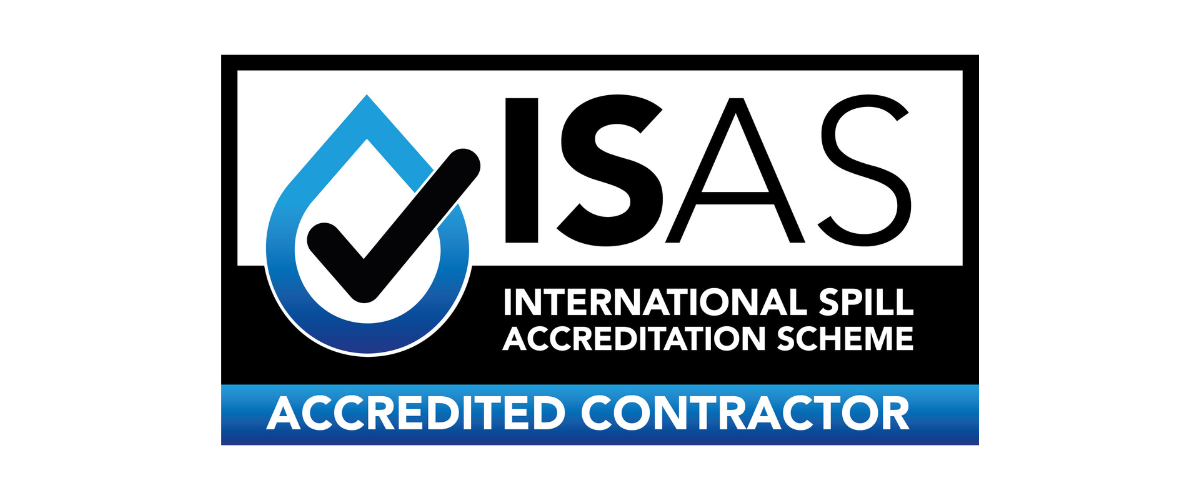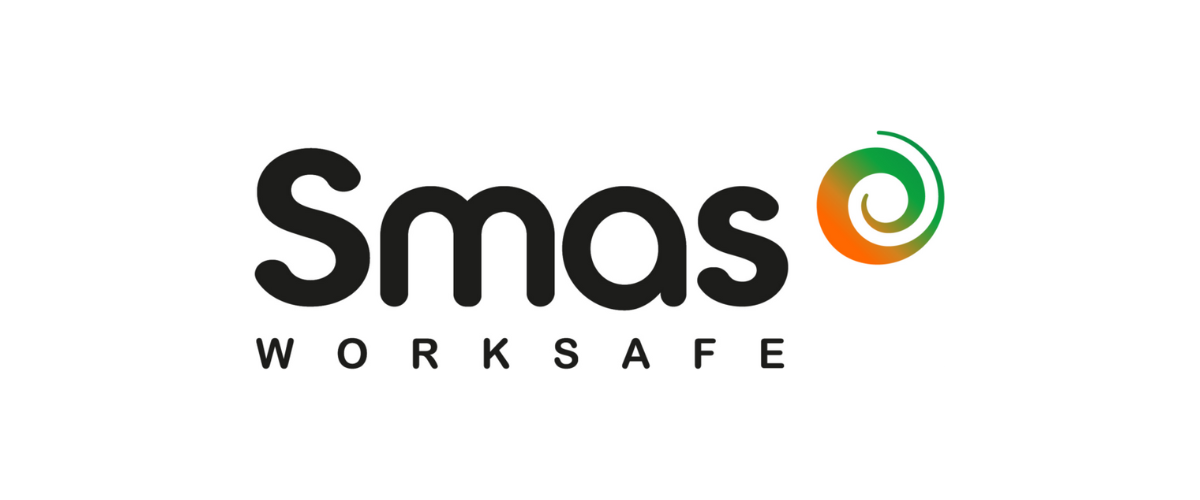GPT specialise in the investigation, assessment, and remediation of contaminated land, helping clients manage environmental liabilities and achieve compliance.
Contaminated Land
Contamination issues are common on industrial and commercial sites, whether arising from recent incidents - such as chemical or oil spills - or from historic activities. Industries such as manufacturing, mining, fuel storage, and chemical distribution frequently leave a legacy of ground contamination, particularly on sites operated during periods when environmental legislation was less stringent than it is today.
Typical contaminants found on industrial sites include:
These substances can pose significant risks to both the environment and human health. Under current regulations, land is legally classified as contaminated when substances present either:
Where contamination or the potential for contamination is identified, GPT offers comprehensive contaminated land site investigations. Our approach is designed to:
Remediation Strategies
We have experience working on industrial sites, domestic sites and working with planners/developers to ensure our service is tailored to their needs. We can perform in situ or ex situ remediation of soil and groundwater contamination, using techniques including:
In order to establish the potential nature of contamination - Contaminants of Concern (COCs), and the locations of possible contamination - Potential Areas of Concern (PAOCs), a Phase I survey is conducted. The Phase I survey looks at:
During our investigations we liaise with relevant Regulators and data sources e.g. The Environment Agency, The Coal Authority and local councils.
The Phase I investigation informs the design of the Phase II investigation, ensuring maximum efficiency and effectiveness.
The Phase II intrusive survey involves the collection of soil, groundwater and gas samples to assess the type and extent of contamination. These samples are analyzed at a UKAS-accredited laboratory to identify contaminants of concern (COCs).
The findings are presented in a clear, comprehensive report designed to meet both client and regulatory requirements.
Based on the source-pathway-receptor model, the report provides qualitative and/or quantitative data, which is evaluated in the context of the site's planned future use. It also includes recommendations for any necessary remedial actions.
If the Phase I and II surveys show remediation is necessary we can design a remediation strategy and methodology. This will be based on site specific constraints and will be tailored based on our client’s priorities. Factors to consider will include:
We will consult with relevant regulatory authorities to ensure the project design and targeted remediation levels are satisfactory for the requirements of the works.
Once a design strategy is finalized, we can then implement the necessary works. Throughout the project, we continuously reassess the remedial technologies in use to ensure the most effective and cost-efficient solutions are applied at every stage. Additionally, we ensure full compliance with all regulatory requirements, including mobile treatment licensing, waste management licensing, and discharge permits.
Upon project completion, we provide a comprehensive validation report confirming the final status of the land.














